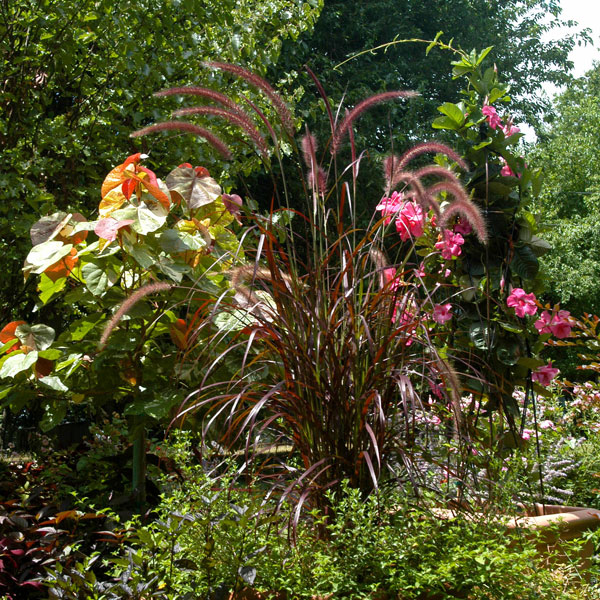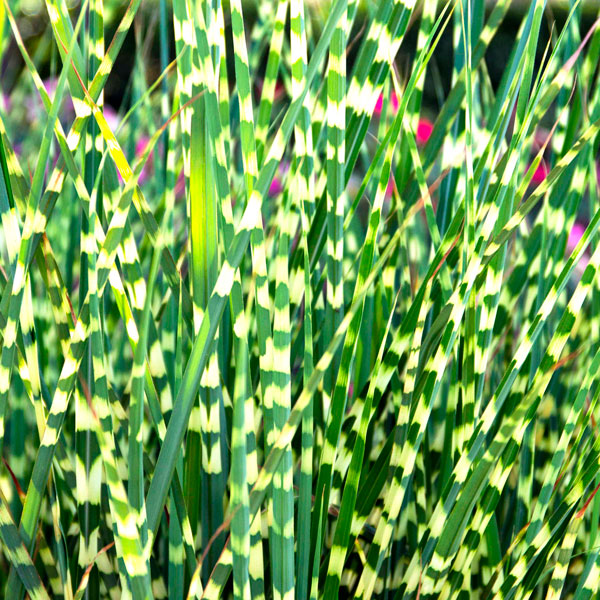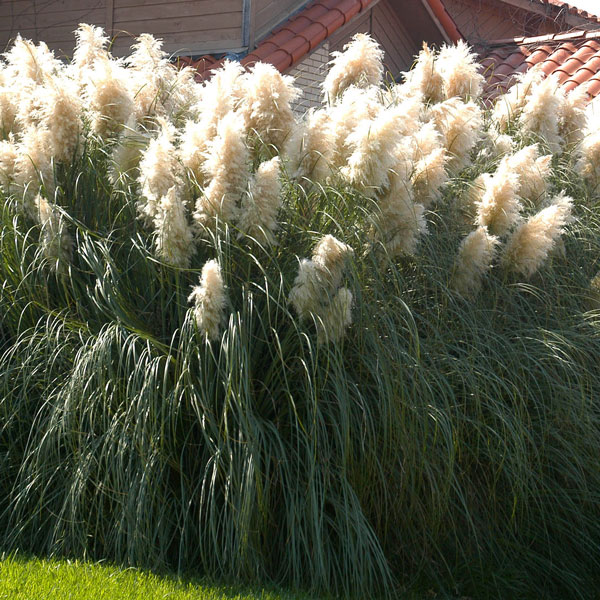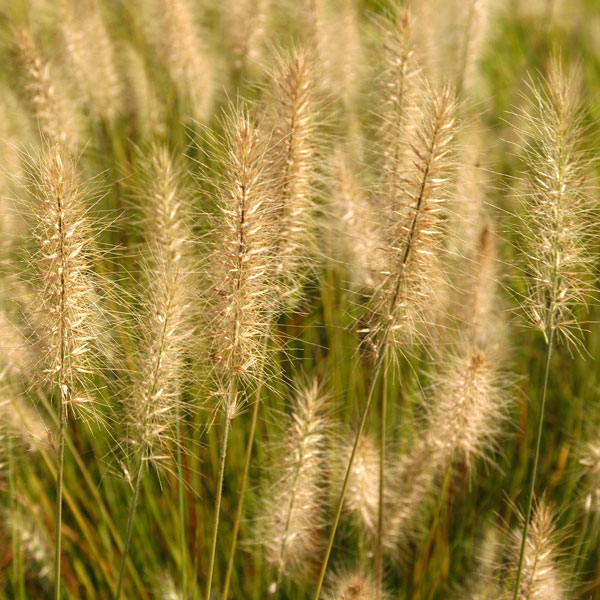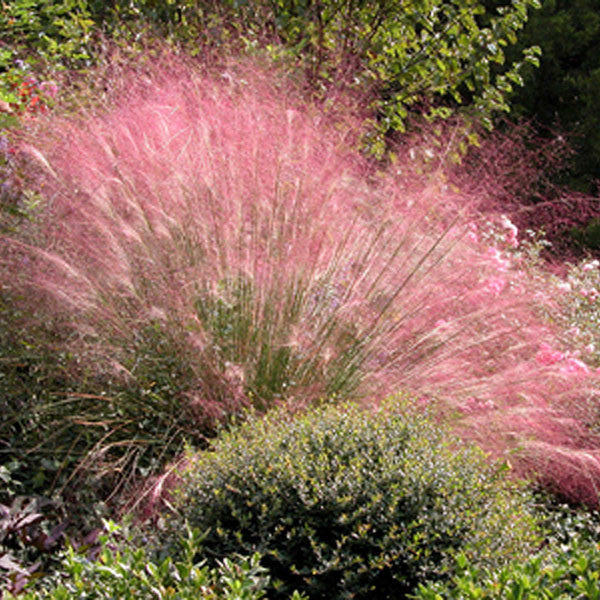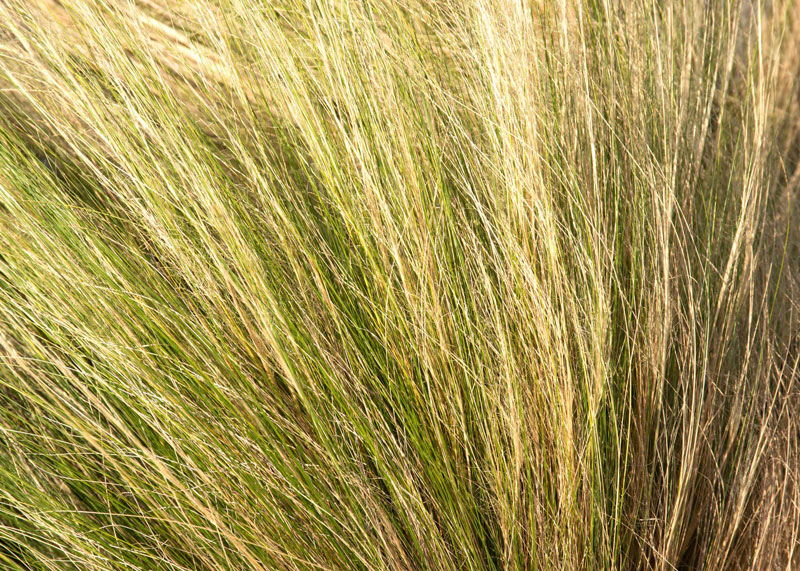Ornamental grasses – my feelings and my favorites
My dad was a Professor of Range Science at Texas A&M. He was a PhD botanist who specialized in ranchland grasses of Texas. As I traveled across Texas in the summers with him, I frequently asked how difficult it would be to grow various types in home landscapes. Even back then I could see the beauty in many of the native grasses of our Texas Hill Country and prairies.
However, it wasn’t until the 1980s and 90s that ornamental grasses really started to catch on, and then much of the interest seemed to move in from the North. Perennial enthusiasts there had been using grasses in their gardens for some time.
Like many new plant introductions, the ornamental grasses caught on like wildfire. Almost overnight we were planting them everywhere. They were literally taking the places of shrubs and groundcovers.
Many of those original plantings have now died out in the ensuing 10-15 years. Either they crowded themselves out of existence, they froze, they got too wet or too dry, or they needed to reseed themselves as grasses often will do. For whatever the causes, they’re gone, and their big beds are now empty.
I still like the ornamental grasses, but maybe we can have the understanding that they ought to be used in moderation – one or a few clumps here and there, not as entire beds in front of houses and on freeway hillsides.
Here are some of the prettiest grasses along with their positives and down sides. Then I’ll tell you my own personal favorite.
All images are clickable for a larger view.
• Purple fountaingrass. Beautiful, but it’s an annual in all but deep South Texas. Most ornamental grasses are perennials, so some gardeners are disappointed to find out this one is not. If you’re willing to replant it each year, this is one of the very best of the grasses.

• Maidengrass and its cultivars. These are gorgeous, but most of them seed freely. I got tired of pulling up seedlings. Plus, you must decide whether you’re going to cut off the brown blades or leave them there all winter. (Not attractive to my eye.)
• Zebragrass. Lovely tall grass, but it’s weak-stemmed, usually falling over before fall. I’ve seen this in northern gardens where the growing season is shorter. It tends to stay shorter. Compact forms are also sold.
• Pampasgrass. I grew up with this one. It gets way too large for modern urban lots, plus it’s not completely winter-hardy in North Texas. Plantings have yet to recover from the February 2021 cold spell. It’s wicked to work with (sharp leaf edges), but it is a handsome plant if you have 10 or 12 feet to spare. Compact forms are sold.
• Moudry and Hameln pennisetum. Both are pretty when they’re blooming, but mine have always thinned out after a couple of years. Personal feeling: it looks like a fire hazard if you don’t trim it back in early winter.
• Gulf muhly. Beautiful when it blooms with pink plumes in late summer and fall, but as with others, mine have always tended to thin out after a couple of years.
• Mexican feathergrass. This is one of the most popular of the ornamental grasses, but it also has a short productive life in beds. It thins and dies out, plus it reseeds freely into other places. Nonetheless, it’s handsome.
And so, my personal choice as the best of all the ornamental grasses is…
Lindheimer’s muhly
This is a strongly clumping evergreen perennial that’s native to Southwest Texas from the Hill Country south into Mexico. (See more on it in this page from the Lady Bird Johnson Wildflower Research Center in Austin: http://www.wildflower.org/plants/result.php?id_plant=MULI) The clumps grow to be 30 to 36 inches tall and wide, and the plumes rise 2 feet tall. Its blades are blue-green, and they’re strong enough to remain in fountain-like form month after month. This is a really nice ornamental grass. But again, I choose to use it in smaller numbers for drama, not as a replacement for landscape shrubs.

